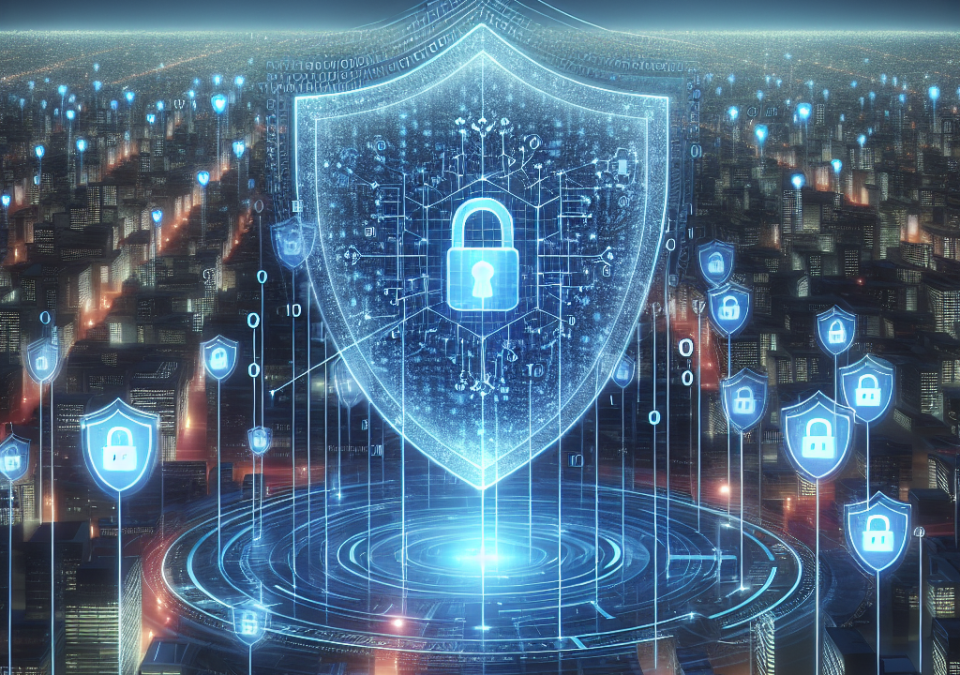
Cybersecurity Compliance: Key Regulations to Watch in 2023
July 29, 2025
Balancing Innovation and Compliance: Cybersecurity Regulations Explained
July 30, 2025
The rise of the Internet of Things (IoT) has transformed everyday life, connecting a multitude of devices—from smart refrigerators to wearable health monitors—into a seamless digital ecosystem. While this revolution offers remarkable conveniences and efficiencies, it also raises significant cybersecurity concerns. As our reliance on smart devices increases, so does the potential for malicious attacks, data breaches, and unauthorized access. Therefore, ensuring robust cybersecurity measures for IoT devices is essential for protecting individual privacy and ensuring the broader integrity of our connected world.
The Expanding IoT Landscape
The IoT encompasses a vast range of connected devices that communicate with one another and with central systems, facilitating a level of automation and data collection that was previously unthinkable. According to recent estimates, billions of devices are connected to the internet, and that number is expected to grow exponentially over the coming years. These devices often operate outside traditional security boundaries, creating unique vulnerabilities.
For instance, smart home devices like thermostats, cameras, and lights can be susceptible to hacking, which could lead to unauthorized surveillance or even theft. Similarly, industrial IoT devices used in sectors such as manufacturing, energy, and healthcare can be targeted to disrupt operations or steal sensitive data.
Threats to IoT Security
-
Inadequate Security Protocols: Many IoT devices are built with minimal security features due to cost-cutting measures. Default usernames and passwords are often never changed, leaving them susceptible to exploitation.
-
Data Breaches: IoT devices generate enormous amounts of data that can be a goldmine for cybercriminals. Sensitive information transmitted between devices can be intercepted if not adequately secured.
-
Botnets: Hacked IoT devices can be conscripted into botnets to carry out larger attacks, such as Distributed Denial of Service (DDoS) assaults, crippling websites and services by overwhelming them with traffic.
- Privacy Concerns: The pervasive nature of IoT devices raises significant questions about user privacy. Data collected from smart devices can be misused, leading to unauthorized tracking or profiling.
Best Practices for IoT Cybersecurity
To address these challenges, manufacturers, consumers, and organizations must implement comprehensive cybersecurity strategies. Here are several best practices:
1. Strong Authentication Methods
Developers should prioritize robust authentication methods, including two-factor authentication (2FA) and biometric security. Users must be encouraged to change default passwords and create unique, complex passwords for each device.
2. Regular Software Updates
Regular updates and patches are crucial for addressing newly discovered vulnerabilities. Both manufacturers and consumers should prioritize keeping firmware and software up-to-date to protect against potential exploits.
3. Network Segmentation
Keeping IoT devices on a separate network from other critical systems adds an additional layer of security. This isolation minimizes the risk of an attack spreading from an IoT device to more sensitive data and networks.
4. Encrypting Data
Data encryption ensures that even if data is intercepted, it cannot be readily accessed or misused. Encrypting the transmission of data between devices is a fundamental security practice.
5. Security by Design
Manufacturers should adopt a "security by design" approach, integrating security measures into the development process rather than as an afterthought. This involves rigorous testing and validation before releasing devices to consumers.
The Role of Government and Regulations
As IoT devices proliferate, governments and regulatory bodies are beginning to recognize the need for cybersecurity standards. The introduction of legislation that mandates better security practices—such as the U.S. National Institute of Standards and Technology (NIST) cybersecurity framework or the European Union’s General Data Protection Regulation (GDPR)—provides guidelines that both manufacturers and users must follow.
The Future of IoT and Cybersecurity
As we look to the future, the intersection of cybersecurity and IoT will only become more critical. Innovations such as artificial intelligence and machine learning hold promise for enhancing security measures by enabling predictive analytics and threat detection. However, these technologies will also introduce their own set of cybersecurity challenges.
Building a secure IoT environment is a collective effort that involves manufacturers, consumers, and policymakers. By staying informed and proactive about security practices, we can harness the immense potential of IoT while safeguarding our privacy and security in an increasingly connected world.
Conclusion
The Internet of Things revolutionizes how we interact with the world, but it also brings serious cybersecurity challenges that must be addressed. By adopting robust security measures, remaining vigilant, and advocating for stronger policies, we can protect the future of smart devices and enjoy the benefits of a more interconnected life without compromising our security. As we embrace this technological landscape, prioritizing cybersecurity in IoT will be essential to achieve a safe and sustainable digital future.







